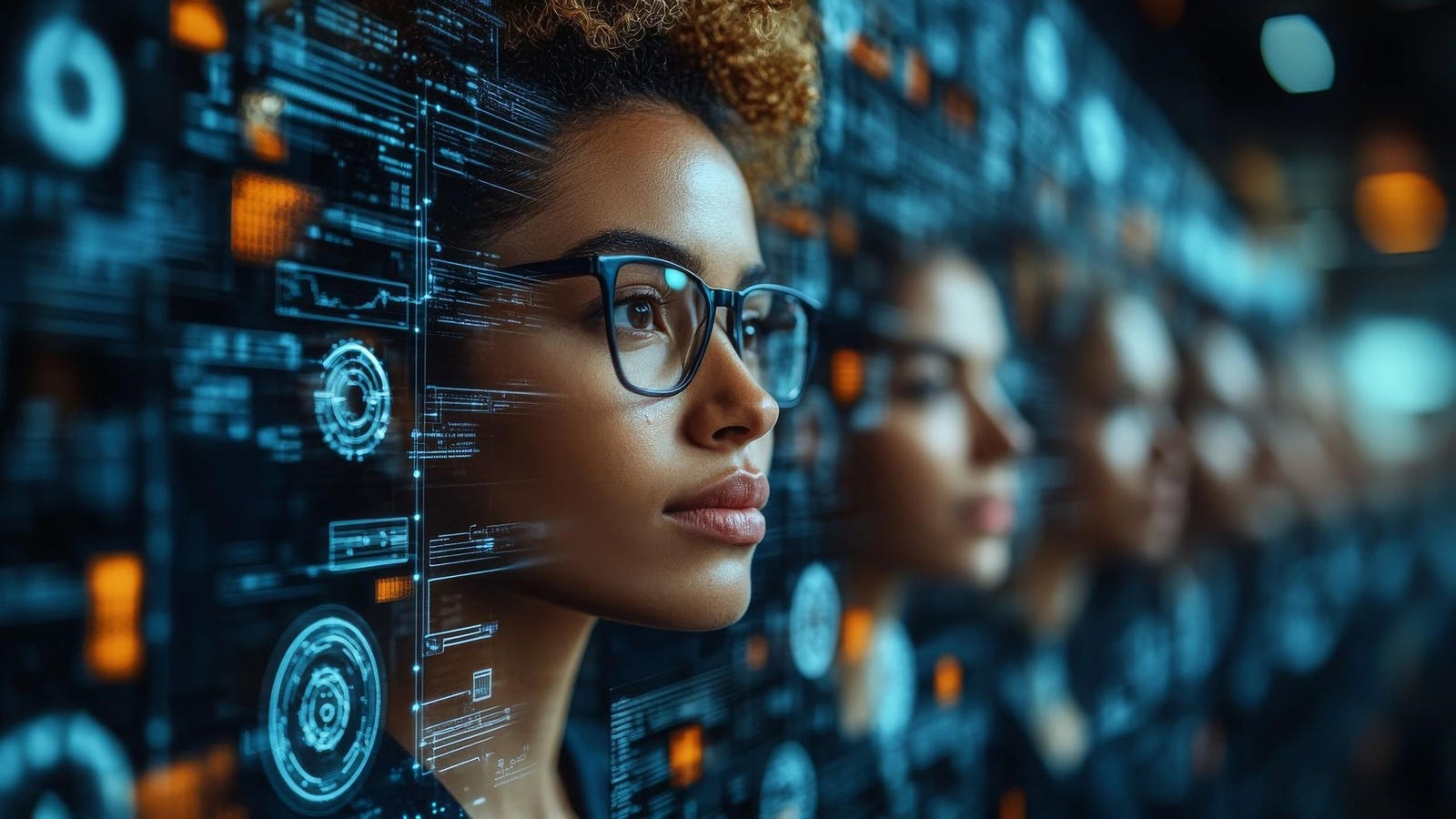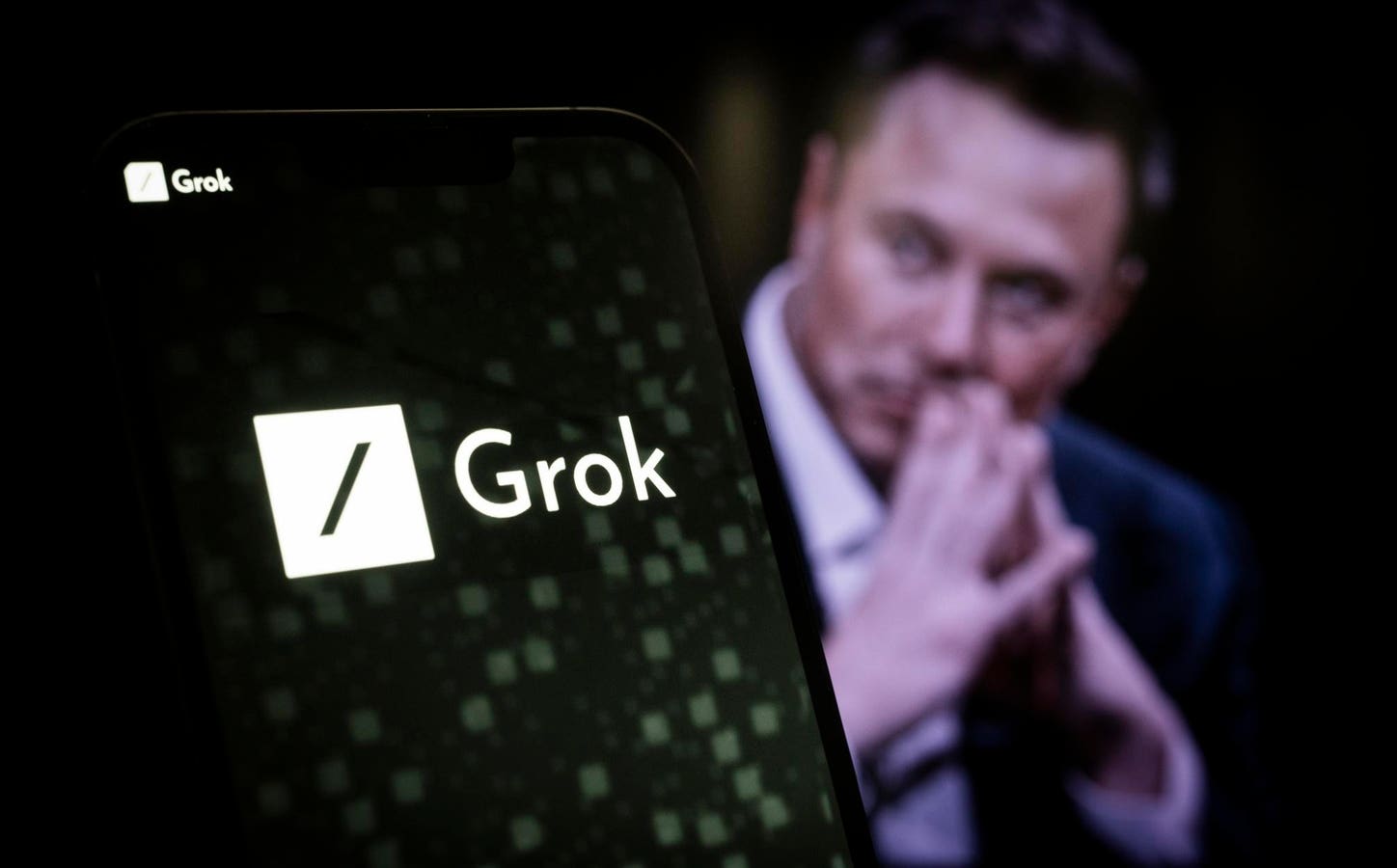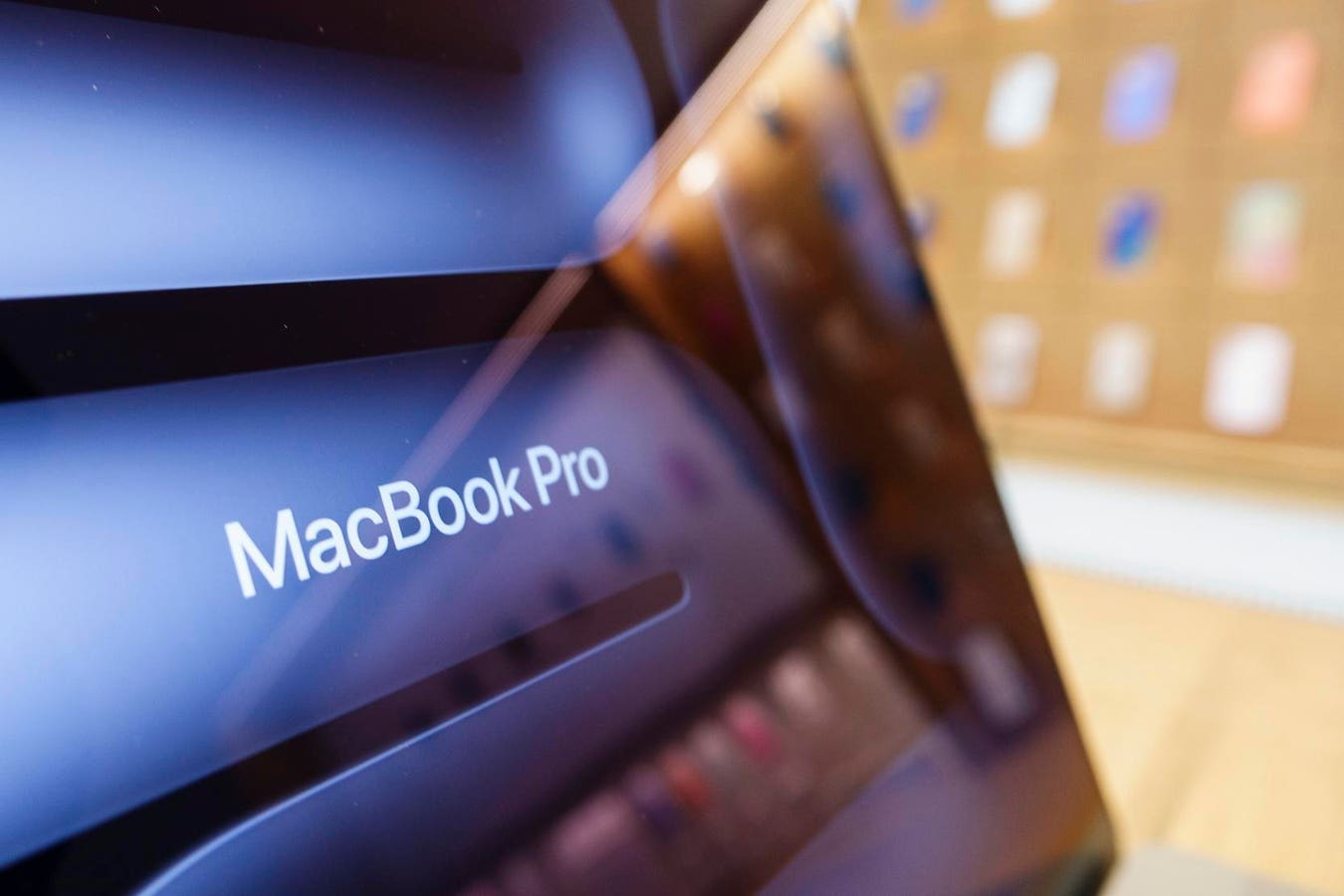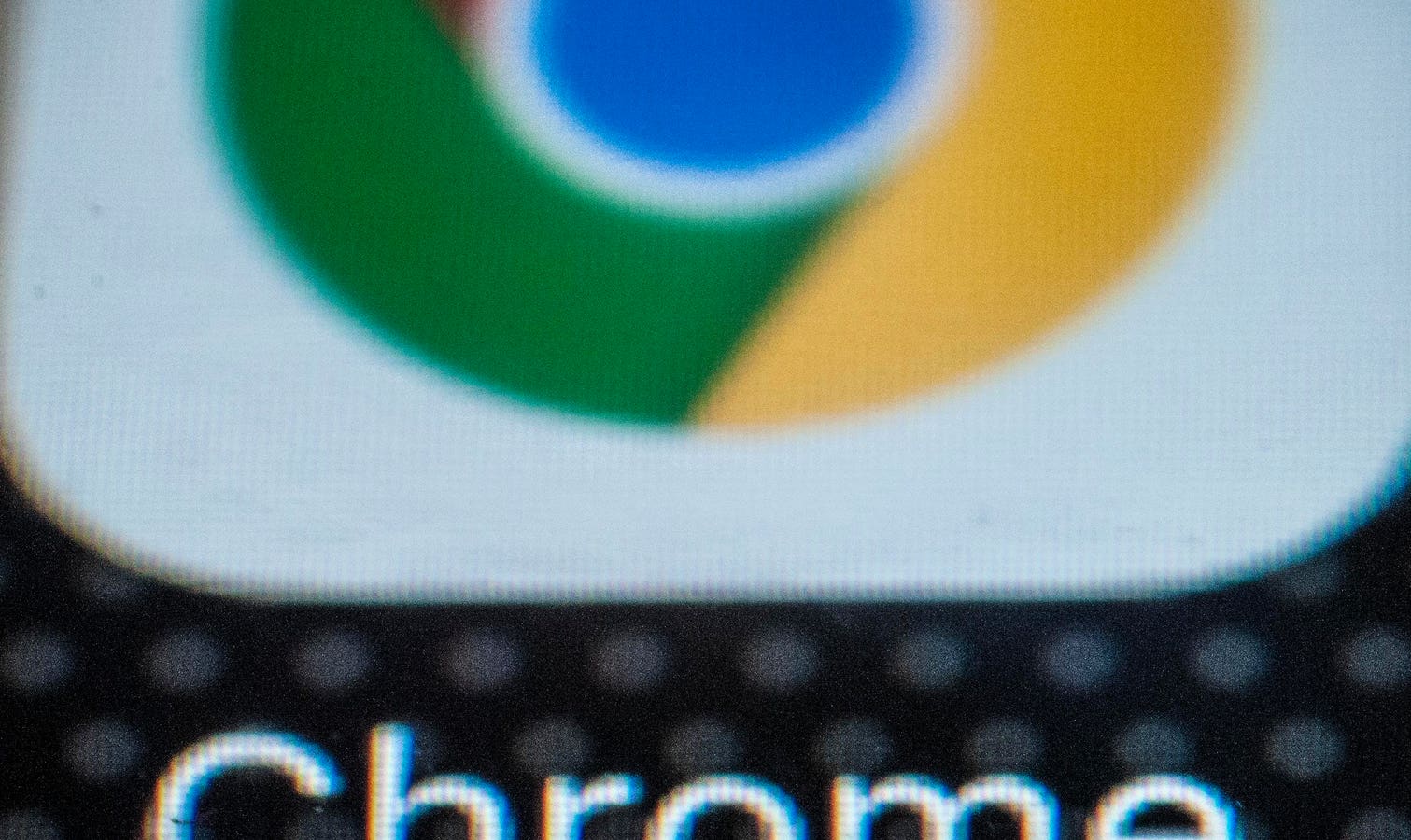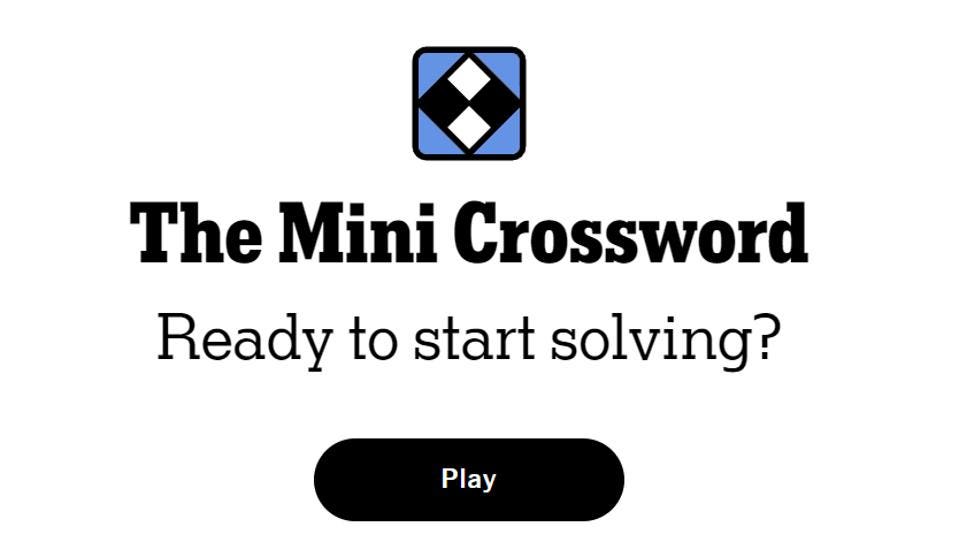A new Microsoft memo reveals that working with AI is no longer optional. Here, we explore what that … More
A recent internal Microsoft memo has made waves across the business and tech world. It made it pretty clear that using AI is no longer optional for employees. In other words, if you’re not working with AI, you’re falling behind. This wasn’t just a suggestion buried in corporate speak. It was a clear call to action from one of the world’s biggest and most influential technology companies.
The memo outlined how tools like GitHub Copilot are now embedded into daily workflows and encouraged teams to use AI to boost productivity, generate ideas, and problem-solve at speed. Microsoft wants its people to treat AI not as a future concept or a tech curiosity but as an everyday co-worker. The expectation is clear: AI literacy is a must-have, not a nice-to-have.
Even though I wholeheartedly agree with the sentiment that technical AI skills are now critical, they’re not the full story. Knowing how to prompt a language model, automate a task, or analyse AI-generated outputs is just one side of the coin. The other side, and arguably the one that will determine who truly thrives, lies in very human capabilities that machines still struggle to master.
AI As A Co-Pilot, Not A Replacement
Think of AI as a brilliant co-pilot. It can navigate data at inhuman speed, summarise a hundred-page report in seconds, draft code, generate copy, or surface patterns we’d likely miss. But like any good co-pilot, it needs direction. It needs judgment, context, creativity, and ethical guardrails. Those things don’t come from the AI; they come from us.
The workplace of the future belongs to those who can both delegate to AI and decide what should never be delegated. It belongs to those who can work alongside intelligent tools without losing their uniquely human perspective. This requires more than knowing where to click. It’s about cultivating what we might call “AI fluency,” paired with emotional and intellectual intelligence.
There’s a great analogy in the world of aviation. Pilots today rely heavily on autopilot systems, which are incredibly sophisticated. But no airline would put someone in the cockpit based solely on their ability to press the autopilot button. What matters just as much is the ability to respond in moments of uncertainty, to navigate complex situations, to communicate clearly with others, and to make judgment calls under pressure. The same logic applies in AI-augmented work.
The Rise Of Hybrid Skillsets
We’re entering a new kind of talent economy. The most sought-after professionals won’t just be data scientists or prompt engineers. They’ll be designers who use AI to ideate faster but still bring originality and vision. They’ll be marketers who use AI for insight but know how to craft a story that resonates emotionally. They’ll be lawyers who let AI summarise legal briefs but use human insight to negotiate nuance.
In short, hybrid skillsets are the future. AI will be most powerful in the hands of people who also bring creativity, critical thinking, empathy, ethical reasoning, and collaboration to the table. These are not fluffy “nice extras.” They are exactly what distinguishes human contribution in an AI-saturated environment.
Creativity remains essential because AI is ultimately derivative. It can remix what already exists, but it can’t dream up bold new ideas in the same way a human can. Critical thinking is vital to sense-check AI outputs, which can be confident but wrong. Interpersonal skills help teams align, navigate change, and make sense of emerging technologies together. And ethics? That’s the compass guiding everything.
Avoiding The Automation Trap
There’s a risk in viewing AI purely as a tool for efficiency. Yes, it can do things faster. But if we focus only on speed and automation, we reduce its potential to spark innovation. Worse, we risk becoming over-reliant on machines for decisions we should own.
Some companies are already seeing this firsthand. AI-generated presentations that sound slick but lack substance. Code suggestions that introduce subtle bugs. Reports that reflect historical bias because no one stopped to ask whether the training data was flawed. In each case, the missing ingredient isn’t more AI. It’s more human oversight.
The goal shouldn’t be to outsource thinking but to upgrade it. That means treating AI less like a shortcut and more like a creative amplifier. It means investing in human skills at the same time we invest in digital infrastructure.
A New Kind Of Professional Development
This shift calls for a rethink in how we develop talent. Traditional training often splits hard and soft skills into separate categories. You go to one session for technical upskilling, and another for leadership or communication. But in the AI-powered workplace, the two are inseparable.
Professionals need to learn how to write better prompts, but also how to ask better questions in general. They need to understand how models are trained and how their own biases might influence what they choose to delegate to machines. AI literacy has to evolve alongside digital ethics. Creative thinking needs to be taught as a strategic skill.
Forward-thinking organisations are already applying this thinking. They’re embedding AI into team rituals. They’re encouraging experimentation, reflection, and cross-functional collaboration. They’re creating space not just for learning how AI works, but for exploring what it means to work well with AI.
From AI Readiness To Human Readiness
The Microsoft memo signals something bigger than just a corporate policy change. It’s part of a global shift in what we expect from knowledge workers. Being “AI-ready” isn’t just about technical capability; it is about cognitive adaptability, emotional resilience, and a clear sense of personal responsibility.
Machines will get faster, smarter, and more embedded in everything we do. But the question every professional should ask is not just, “Can I use AI?” but also, “How do I want to work with it?”
The future of work isn’t man versus machine, nor is it man replaced by machine. It’s man with machine. And those who will lead in this new era will be the ones who embrace both sides of the equation, the digital and the deeply human.

